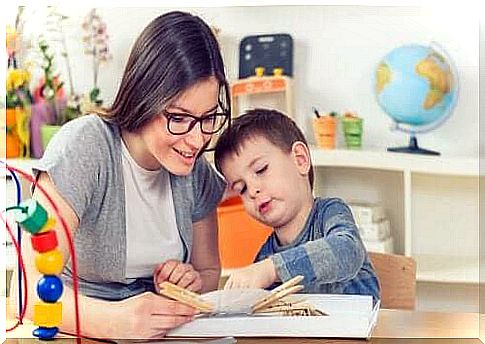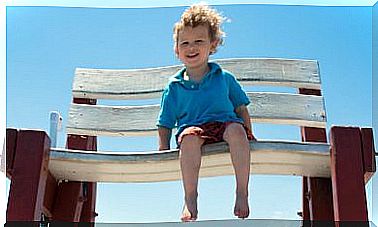Specific Educational Support Needs: What Are They?

School inclusion is a process of improvement and innovation, as it seeks to minimize or eliminate barriers that limit students with specific needs for educational support. These children, for a variety of reasons, may feel different and misunderstood. And it is precisely this feeling that, as a society and as parents, we have to avoid.
Therefore, it is necessary to demand that schools open their minds and serve equally any type of student body, so that everyone can remain present within the common educational system. Thus, diversity will be understood as an opportunity for enrichment.
What are the specific educational support needs?
The concept of specific educational support needs refers to the group of students who need special support and attention at school. In other words, it refers to the fact that it fits into certain conditions and presents some difficulty.

Within this group there is a wide variety of students. For a child to be considered a student with specific educational support needs, he or she must belong to one of the following five categories :
- Special educational needs. These are students who have some kind of disability or disorder. In this category are children with:
- Serious developmental disorders.
- Intellectual disability.
- Communication disorders.
- Motor disability.
- Autism Spectrum Disorder.
- Hearing deficiency.
- Severe behavioral disorders.
- Visual impairment.
- Attention deficit disorder, with or without hyperactivity.
- Rare and chronic diseases.
- Specific learning difficulties. Children with alterations in the acquisition and development of basic cognitive processes. These processes involve writing, reading, arithmetic and speaking. That is, it is the children who can have:
- Dysgraphia.
- Dyslexia.
- Dyscalculia.
- Difficulties in oral language.
- High intellectual abilities. Students who are above average in one or more intellectual abilities. Depending on the case, you can talk about gifted or gifted children.
- Late incorporation into the educational system. It corresponds to migrant students, who must adapt to the new school situation.
- Personal or academic record conditions. These are children who are not at the level of their peers, for reasons beyond the person’s control. It can be by:
- Health reasons.
- Belonging to certain social groups or ethnic minorities.
- Living in unfavorable sociocultural situations.
- Possessing an inadequate education.
People involved in specific educational support needs
To meet students with specific needs for educational support, there must be cooperation between:
- The school. Tutor, teacher of Therapeutic Pedagogy (PT), Hearing and Language (AL), counselors, etc.
- The family.
- Other specialized professionals, such as psychologists, physiotherapists, occupational therapists, etc.
Therefore, the involvement of all these people facilitates the difficult task of the educational system of providing adequate care and support to these children. Thus, equal opportunities are guaranteed to all students so that they can achieve maximum development in learning.

In fact, without the existence of this collaboration, no agent linked to a school could adequately perform their functions. This is due to the fact that, thanks to the different contributions, a wide range of information is collected in order to carry out a good pedagogical intervention.
In this sense, the following sentence should be highlighted:
In other words, we can achieve great things, such as educational inclusion, based on the effort and dedication of each one of us. That’s the essence of teamwork!
Benefits of diversity in the classroom
Clearly, inclusive education is beneficial to people with specific educational support needs. But it is also for the rest of the colleagues.
With this school model, students grow up in an environment of diversity where respect is promoted and where they learn to socialize and deal with other children with different abilities.
Therefore, an inclusive classroom must have a cooperative learning structure, distanced from the individualistic and competitive structure of the traditional school.
In short, we must organize classes in a way that encourages and transmits values of camaraderie, coexistence and acceptance.









